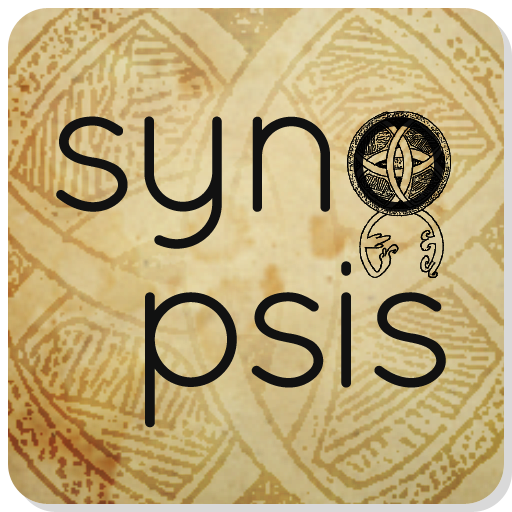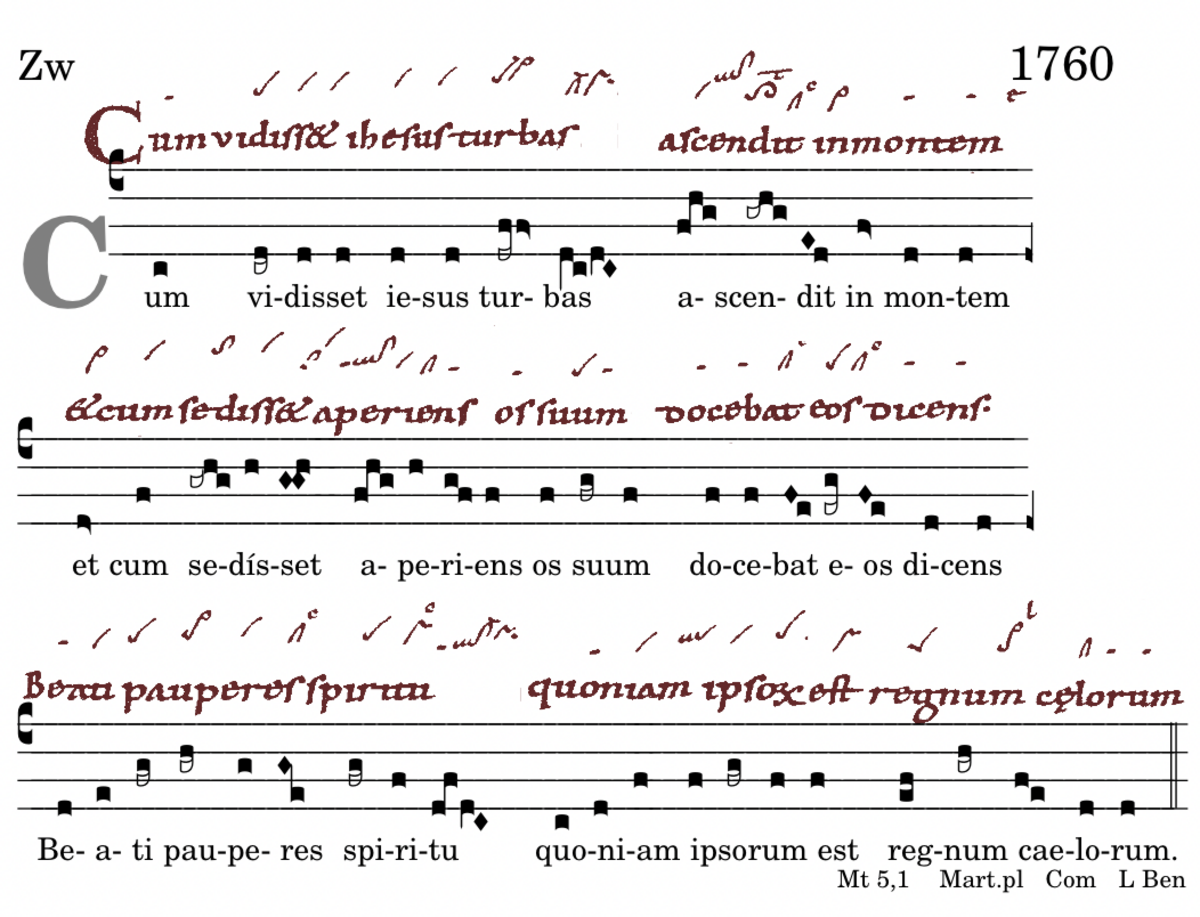🔘 IN GR TR AL OF CO xxxxx 1️⃣ ✅ 0️⃣ 3️⃣ 4️⃣ 5️⃣ 6️⃣ 7️⃣ 8️⃣ xxxxx AN RP IV alia
1768 AN Verbera carnificumModus 2
2INC asc +
~Vrg cad
4 praetonische Silben, dann folgt unmittelbar der Hauptakzent mit nkPes. Die VrgStr zeigt den Terzfall an.
2INC cad +
~Vrg cad
Warum sollte die VrgStr den Terzfall nicht auch hier anzeigen, hier zum „do“, wie Ka schreibt?
2TER br.
1INC ad4 „morientes“ liegt auf einer höheren Spannungsebene als der übrige Text.
2INC cad ad „do“: colon. Das colon ist hier zwingend: „ut“!
2INC asc
„herédes“ mit zweimal nkPes hervorgehoben.
2INC cad „fiérent in)“ Der Cephalicus provoziert den Akzent „dómo domini“
2TER br.
„carni-fi-cum“ Wenn die Virga strata ein Halbtonpes sein soll, warum schreibt dann H bei „here-des“ nicht auch eine Virga strata? cf.: 1579.
● Körperstrafen fürchteten sie nicht, die Heiligen Gottes,
die für den Namen Christi starben,
damit sie Erben seien im Hause des Herrn.
● They did not fear corporal punishment, the saints of God,
who died for the name of Christ,
that they might be heirs in the house of the Lord.
2INC asc +
~Vrg cad
4 praetonic syllables, followed immediately by the main accent with nkPes. The VrgStr indicates the third case.
2INC cad +
~Vrg cad
Why shouldn't the VrgStr also show the third-octave case here, here for „do“, as Ka writes?
2TER br.
1INC ad4 „morientes“ is at a higher level of tension than the rest of the text.
2INC cad ad „do“: colon. The colon is mandatory here: „ut“!
2INC asc
„herédes“ emphasised twice with nkPes.
2INC cad „fiérent in)“ The cephalicus provokes the accent „dómo domini“
2TER br.
„carni-fi-cum“ If the virga strata is supposed to be a semitone pes, why doesn't H also write a virga strata in „here-des/“? cf.: 1579

